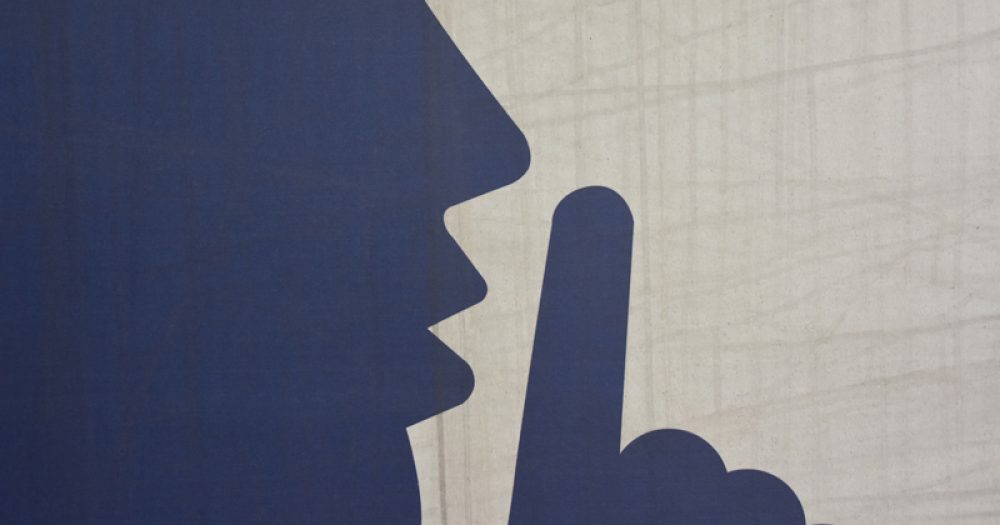Ellie Fishleigh explores how to prepare for and what to do when the online world of misinformation and conspiracy manifests in the classroom
Do you believe the pyramids were built by aliens? That 5G causes coronavirus? Or that the Earth is flat and the world is controlled by flesh-eating lizards and the Illuminati? Hopefully not, but that doesn’t mean your students don’t. I’ve been directly contacted by teachers worried about conspiracy theories in their school, and the problem is only growing. Thankfully, the classroom presents the ideal environment to stop disinformation in its tracks.
A child’s exposure to disinformation and conspiracy theories may only make itself apparent at school among their peers, leaving unsuspecting teachers stumped. With smartphones permanently glued to their hands, it’s inevitable that children will encounter this sort of phoney material – but teachers can be mobilised to help students see it for the nonsense that it is.
Online, anonymous chat-rooms and charismatic ringleaders beckon, promising ‘the truth’, or rather, self-referential evidence connecting dots that don’t exist. Children are invited to fall ever deeper into these conspiratorial rabbit holes – their parents likely none the wiser. What can begin as healthy curiosity or natural adolescent scepticism can quickly devolve into a profoundly warped view of the world.
Of course, teachers have a huge amount on their plates already, but a little discussion can go a long way; a teacher may be the only person who challenges a child on the false narratives they’ve been led to believe. This makes the classroom a valuable resource.
Naturally, conversations about conspiracy theories can be difficult
Naturally, conversations about disinformation and conspiracy theories can be difficult, and often worrying, to have – even more so when the subject is unfamiliar. But there are simple steps teachers can take to make inoculating children against these tin-foil fables a little easier.
For a start, lessons on subjects that are frequently ‘revised’ by conspiracy theorists – like the moon landings and the Holocaust – are opportunities to explain that bogus interpretations exist. Addressing and nullifying conspiracy theories means impressionable children are less likely to fall prey to their lies than if they had come across them on their own.
Next, teachers should venture out of their social media echo chambers. Teens and their teachers use the internet in very different ways. Do you and your colleagues use TikTok, have a Reddit account, and get your news from Twitter? Is your feed full of posts from legitimate sites and real-life friends, or, like many teenagers, anonymous strangers’ content presented to you by algorithms designed to keep you hooked?
Teachers can remould their digital habitat by actively following the topics and people that attract disinformation and conspiracy theories. You won’t agree with what you read. In fact, you’ll likely find the content infuriating. But if teachers have never engaged with the problematic content young people are consuming, it’s hard to understand the context in which disinformation spreads.
From there, teachers can bring themselves into sync with the concepts and language used by conspiracy groups: red pill, ‘glober’, ‘plandemic’, and, of course, ‘sheeple’. Use of this invented vocabulary serves both to create a community of those ‘in the know’ and to reinforce the idea that those on the outside are ignorant. To identify and ultimately debunk disinformation, it’s worth learning some of the lingo.
Better still, this vocabulary can be supplemented by terms that help students apply their critical thinking to what they see online. In particular, students must be made aware that disinformation exists: false information deliberately created to harm an individual, group or cause. The terms disinformation, misinformation, malinformation and fake news are often conflated, but describe distinct phenomena. The nuance between them helps students appreciate why something is inaccurate, not just label it as wrong.
Calling young people out when they refer to conspiracy theories or pieces of disinformation is the most direct way teachers can help. Ask students to explain their sources when they make misinformed claims: trying to articulate what they’ve read aloud may help them identify logical fallacies and realise that their sources are not credible. Prompting them to look for bias, emotion and a lack of accountability can also help them distinguish between genuine journalism and malicious propaganda.
Students can’t be prevented from interacting with questionable material online, but teachers can make a real difference. The better equipped teachers are to fight these topics when they arise in school, the better.








Your thoughts